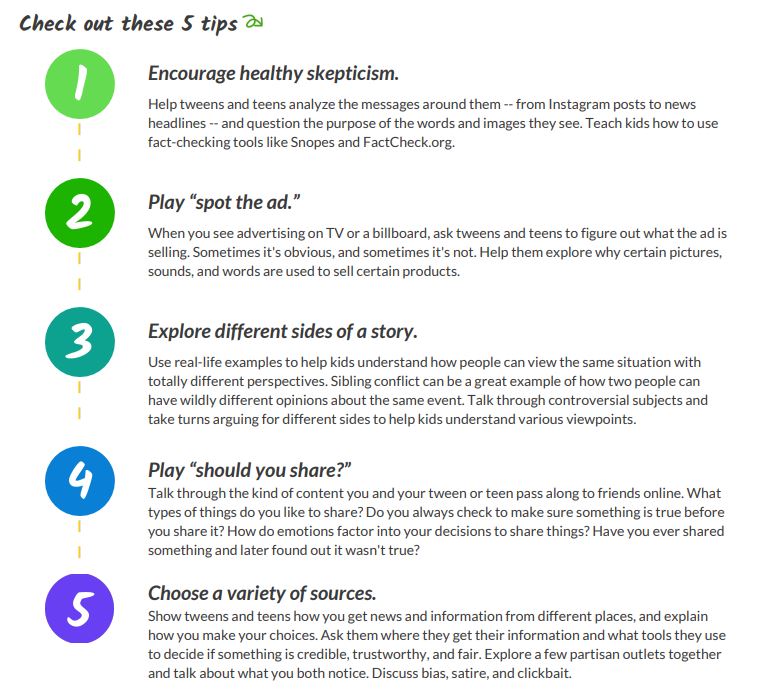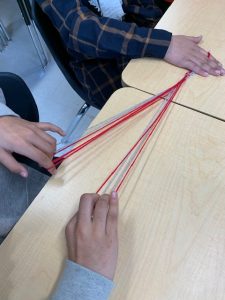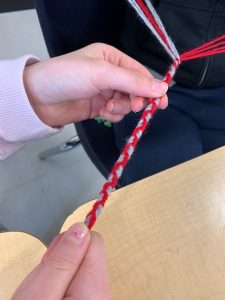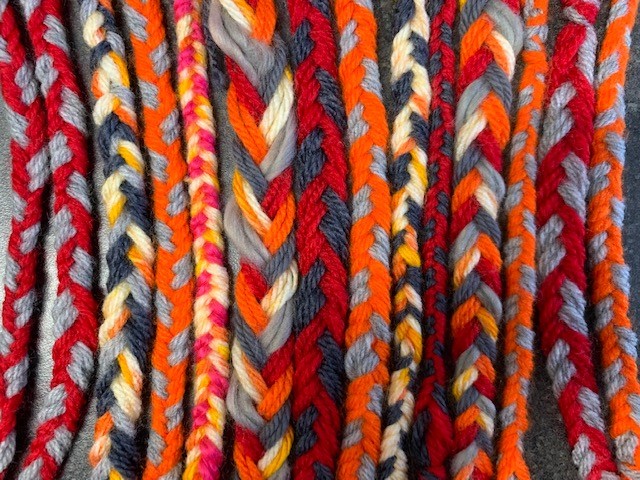Students have been exploring how to write numbers in binary code. Binary is a base-2 number system that is the foundation for machine commands. Each bit in this 6-bit series below can be turned either “on” or “off” in order to represent a value. When a bit is “on” it is represented with a 1, and when it is “off” it is represented with a 0. For example, in order to write the number 10 in binary, we would write 001010. The two 1s appear in the places of 8 and 2, so 8+2=10.

What is the largest number you can make with 6-bits? How would you represent the number 24?
Division 3–Have you noticed the strange addition sentence sticker on my laptop? Have a look the next time you’re here and see if you can solve it! (Hint: it has something to do with binary!)
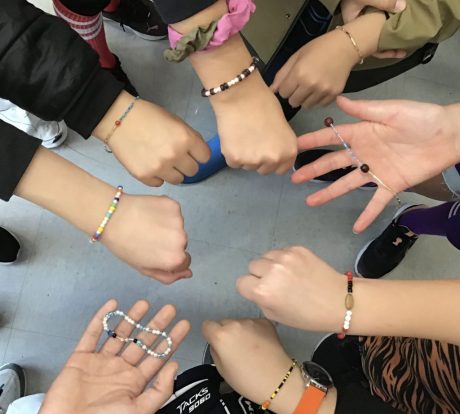
This week students learned that letters can also be coded in binary using the ASCII alphabet. Each uppercase and lowercase letter can be represented by a decimal number that is translated into an 8-bit binary code. Students mapped out their the letters of their names on grid paper, chose their colours, and beaded their names into a bracelet. They used a different coloured bead as a delimiter to separate each 8-bit letter.
Here is a message for you, Division 3. Let’s see if you can decode it!
1001000 1000001 1010000 1010000 1011001 01000011 01001111 01000100 01001001 01001110 01000111
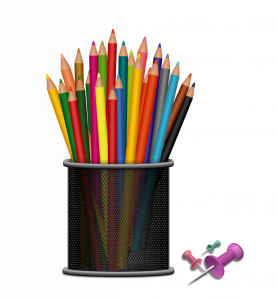


 Have an Amazing Summer!
Have an Amazing Summer!  Ms. Coutts
Ms. Coutts 

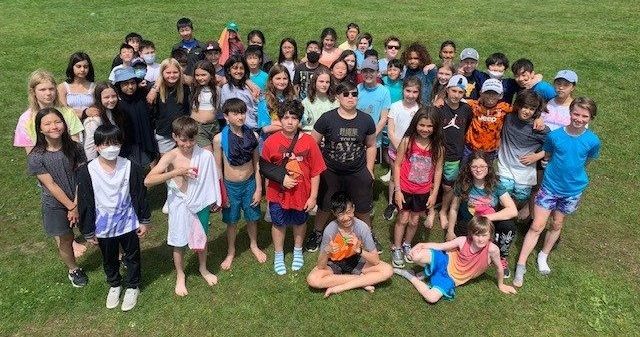
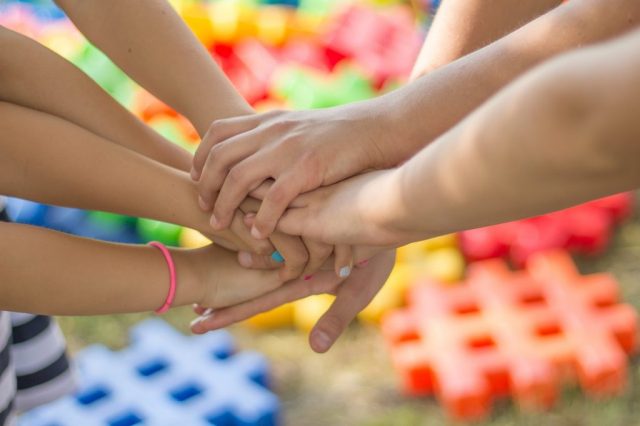 This term was exciting for Division 3 (and Division 13) because, after a long hiatus of not mixing classes, we finally got to participate in Buddies! Each week, Division 3 and Division 13 meet to explore learning and to build connections. So far we have read together, drawn, Speed Stacked, and done some measurement for math.
This term was exciting for Division 3 (and Division 13) because, after a long hiatus of not mixing classes, we finally got to participate in Buddies! Each week, Division 3 and Division 13 meet to explore learning and to build connections. So far we have read together, drawn, Speed Stacked, and done some measurement for math.

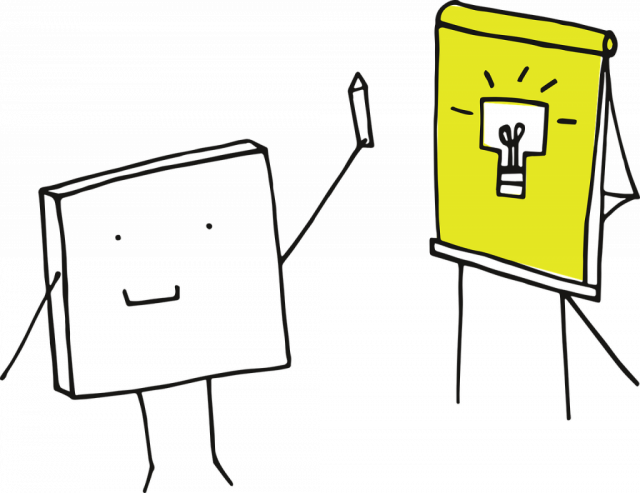 Student-led conferences are coming up on May 17th and 19th. The purpose of a student-led conference is exactly how it sounds–each student will lead their family through some examples of their learning from this school year.
Student-led conferences are coming up on May 17th and 19th. The purpose of a student-led conference is exactly how it sounds–each student will lead their family through some examples of their learning from this school year.
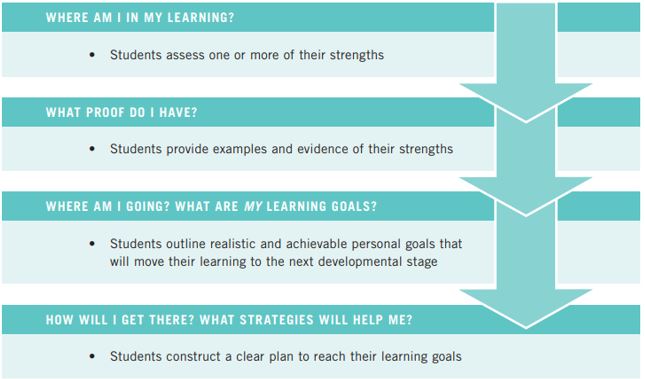
 Division 3 has been developing our digital citizenship. Digital citizenship is thinking critically and using technology responsibly in order to learn, create, and participate. Information comes at us fast when we are online, and it can be tricky telling which information is credible and which is not. Some keywords we’ve been learning about are:
Division 3 has been developing our digital citizenship. Digital citizenship is thinking critically and using technology responsibly in order to learn, create, and participate. Information comes at us fast when we are online, and it can be tricky telling which information is credible and which is not. Some keywords we’ve been learning about are:
